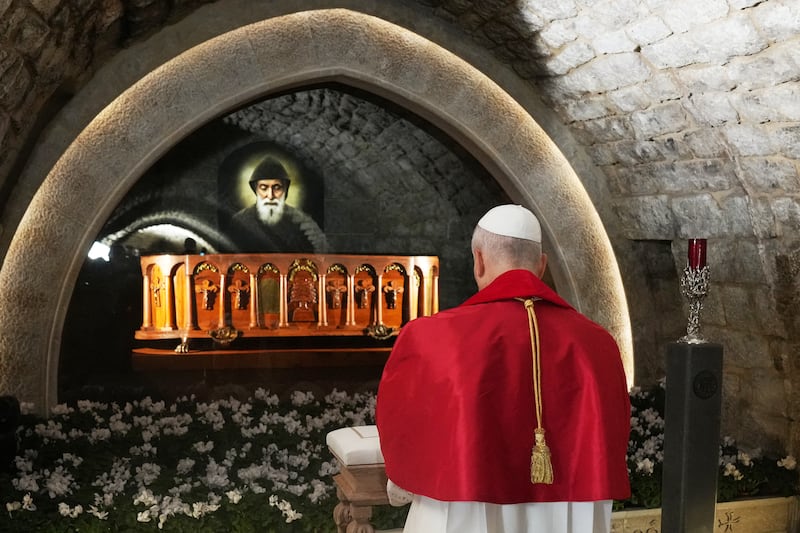Historical stories of cross-dressing never fail to fascinate. Ideas of what constitutes "normal" sexual identity have shifted over the centuries. Christian Davies is a unique Irish example, in that we hear her account ostensibly in her own voice, as recounted to Robinson Crusoe author Daniel Defoe in The Life and Adventures of Mrs Christian Davies.
"I had too much Mercury in me, to lead a sedentary life," Davies tells Defoe. Born Christian Cavanagh in Dublin in 1667 and raised on a farm near Leixlip by industrious parents, her upbringing was comfortable, her education sound. But Davies was happier breaking a horse than doing needle-point: "…my inclinations, while a Girl, were always masculine."
Adventure
Davies inherited her aunt’s public house in Dublin. There she met and married Richard Welsh, a former servant of her aunt’s, and the man whose disappearance would prompt her greatest adventure.
In 1691 Welsh went to pay a bill and never came back. A year later Davies received a letter saying he had stopped for a drink with an old school friend, and had woken up on a ship bound for the Netherlands. With no money to his name, he had been forced to enlist in the British Army.
Davies’ thoughts turned to finding her husband and she left her children with her mother, dressed in her husband’s clothes, and enlisted. The recruiting officer in Dublin called her “a clever brisk young fellow”. Soon, she was on a ship bound for the Netherlands and the Nine Years War.
Her first battle was at Landen, where she suffered a leg injury and was captured by the French. Upon her release, she addressed her suit to a Burgher’s daughter, dismissing the affair as “a frolick”. However, when the girl was assaulted by a sergeant, Davies fought a duel with him, leading to her discharge from the army.
Still ostensibly on the hunt for her husband, Davies enlisted again in the second North Royal British Dragoons in 1697, fighting with them until the Peace of Ryswick. She recounts to Defoe an accusation by a prostitute that she was the father of her child. Initially insulted, Davies then agreed to support the child: “…it left me the reputation of being a Father, till my sex was discovered.”
After 13 years, Davies found her husband among French prisoners after the Battle of Blenheim. He was in a relationship with a Dutch woman and Davies decided not to take him back. The pair fought side by side for some time as brothers, and she continued her soldier's life until she fractured her skull at the Battle of Ramillies.
A surgeon discovered her identity, but when the story got to Lord Hay, the Scots Gray commander, he ordered that she should be given a pension.
Military honours
Somewhat unusually among historical cross-dressers, Christian Davies returned to life as a woman, marrying again twice. She ended her life at the Royal Hospital Chelsea as one of its pensioners, having been honoured by Queen Anne, and was buried with full military honours.
So what are we to make of the rollicking tale of Christian Davies, as told to Daniel Defoe? By the time the story was recorded, Davies had had the benefit of many years’ practice at regaling an audience and perhaps a narrative framework had been created that fitted her audience’s ideas of what the story should be. The account begs the questions: did Davies want to find her husband? Or did she see his disappearance as an opportunity? Why would a woman of means throw herself into the life of a foot soldier? The questions that emerge from the gaps in this tale are perhaps as compelling as the narrative itself.
This Extraordinary Emigrants article was written by Jessica Traynor, deputy museum director of EPIC The Irish Emigration Museum in Dublin's Docklands, an interactive museum that tells the story of how the Irish shaped and influenced the world.epicchq.com
















